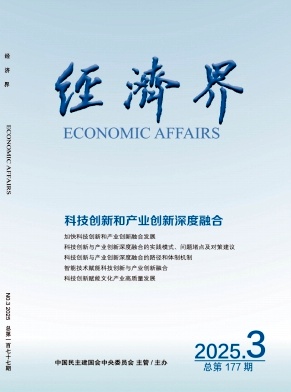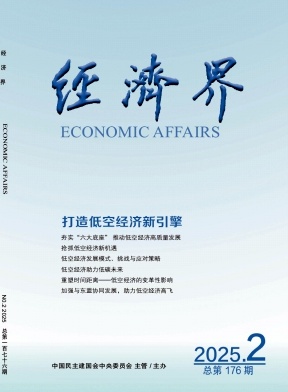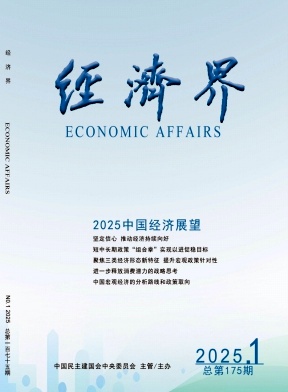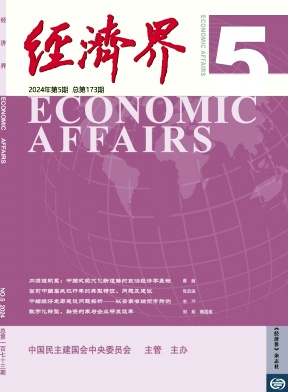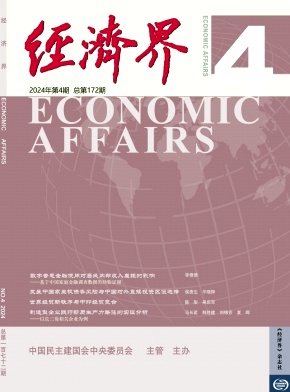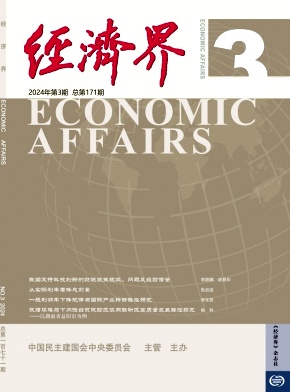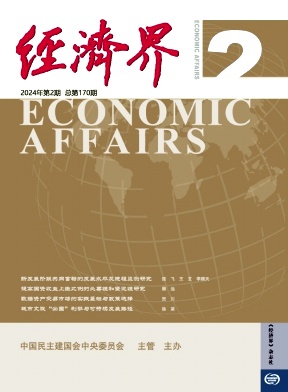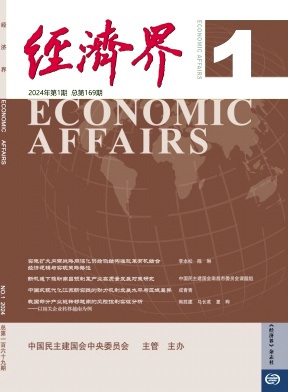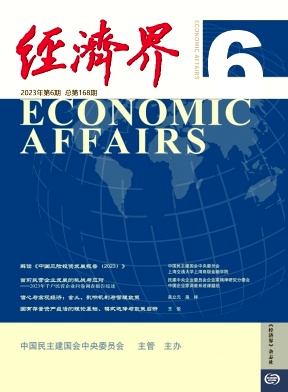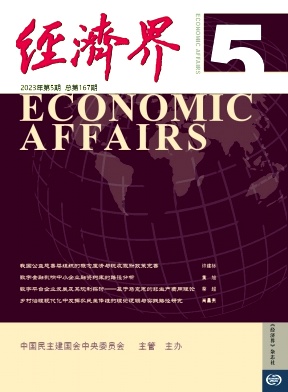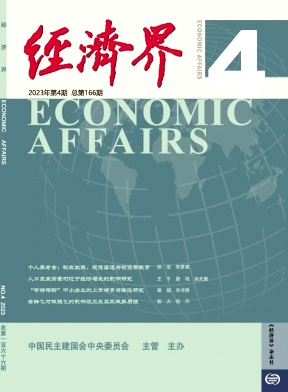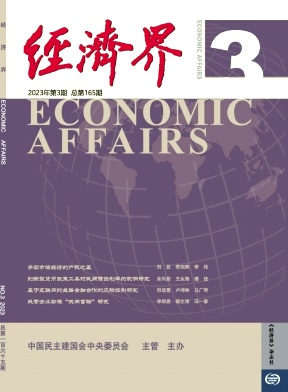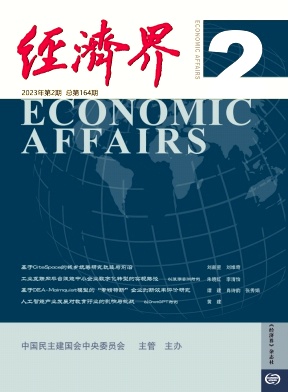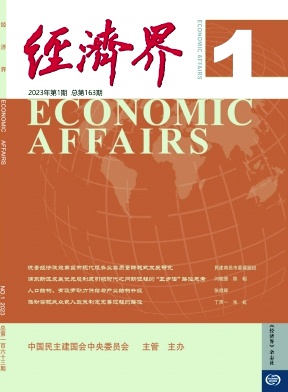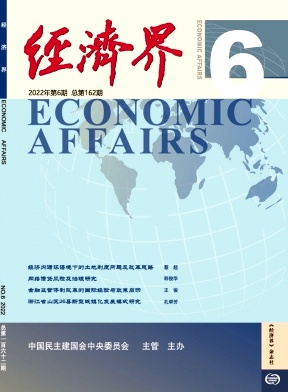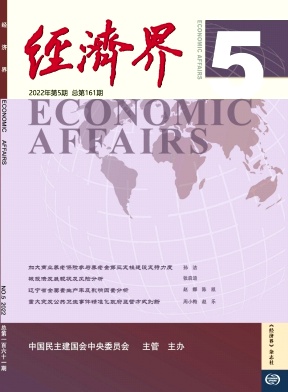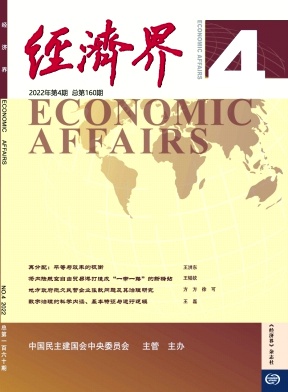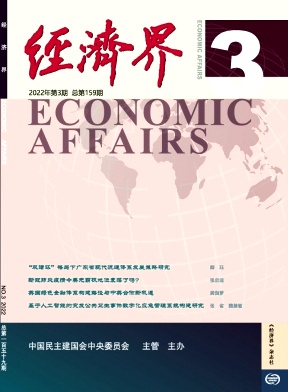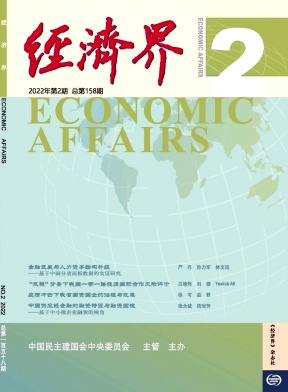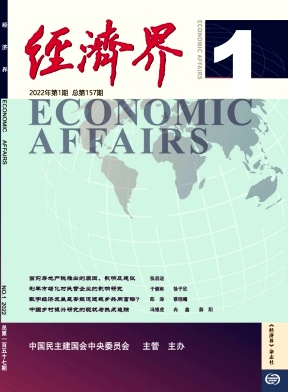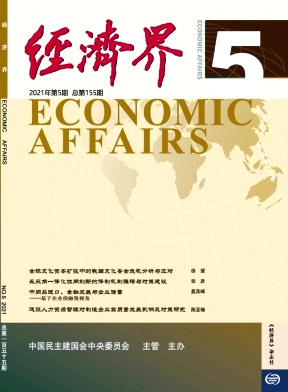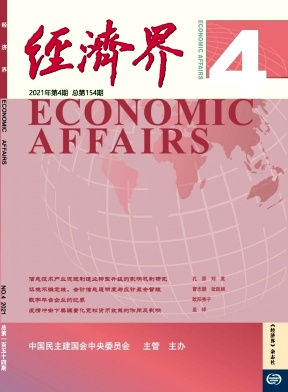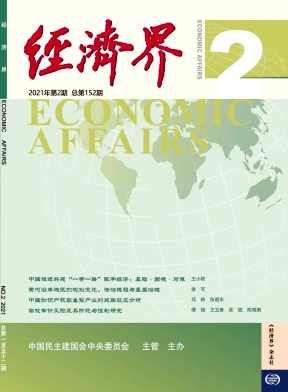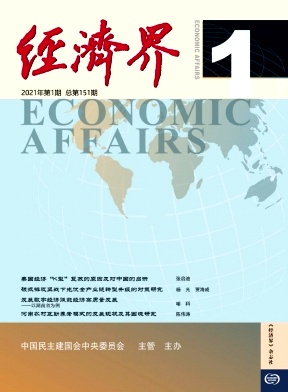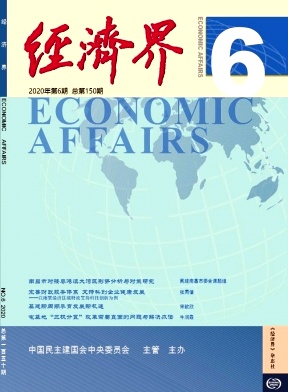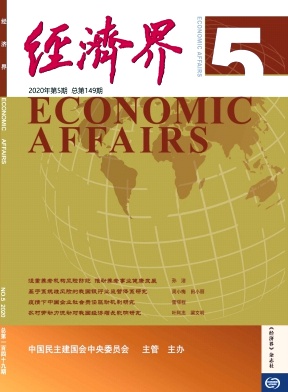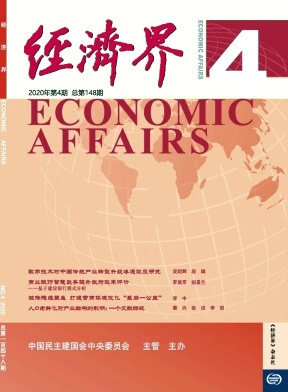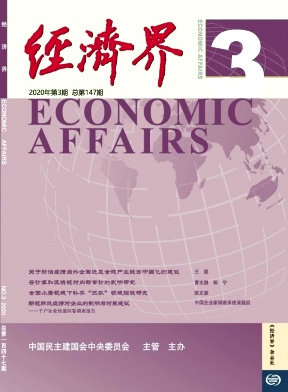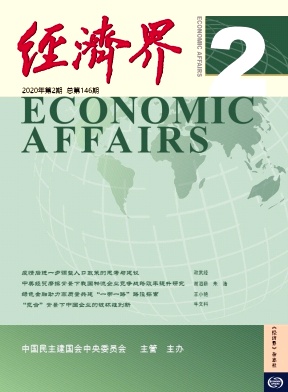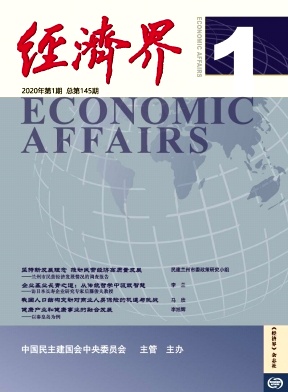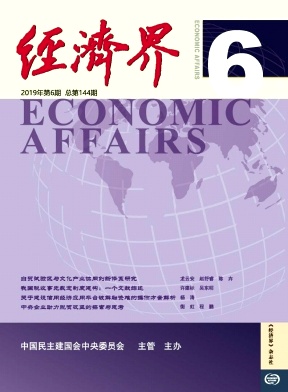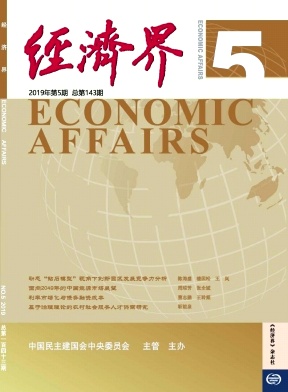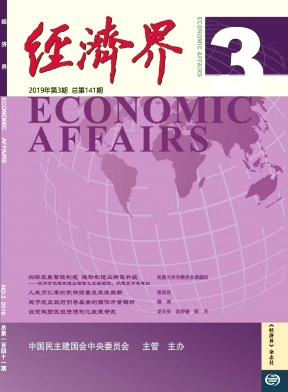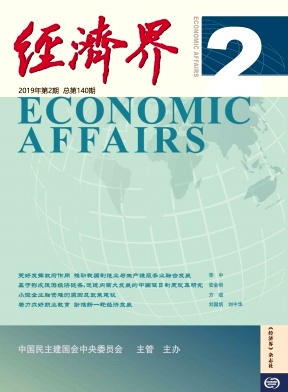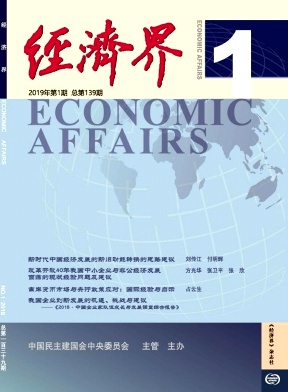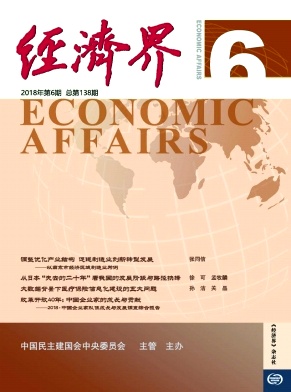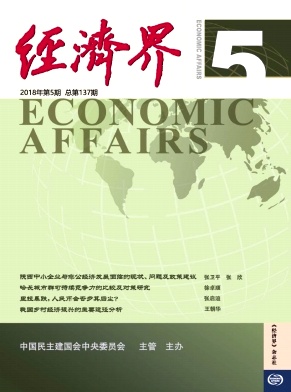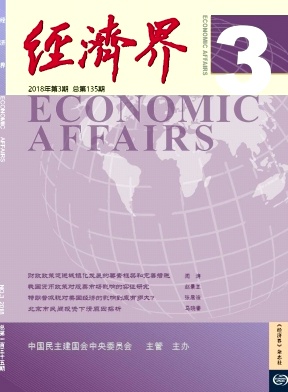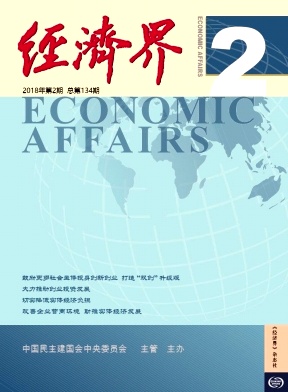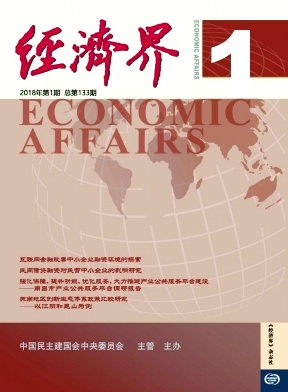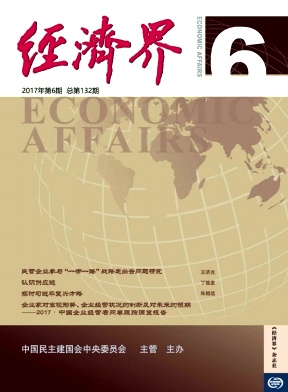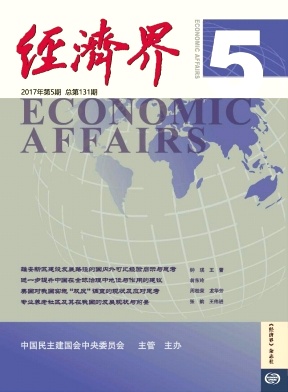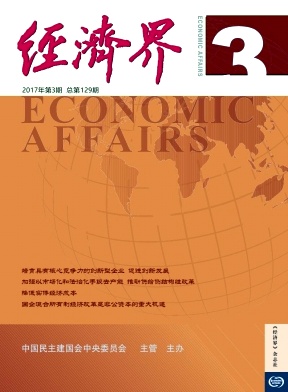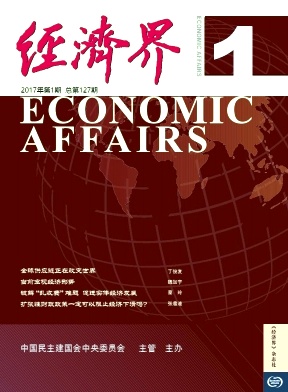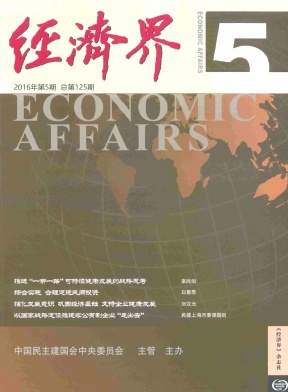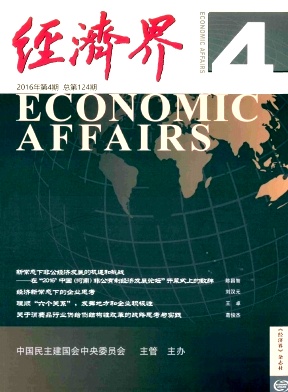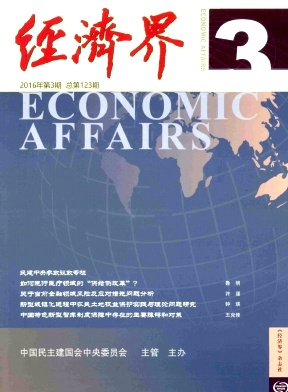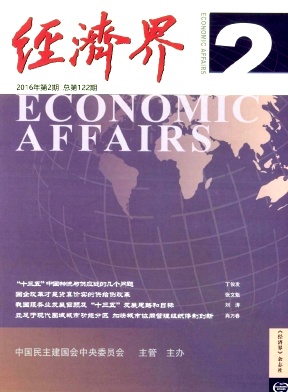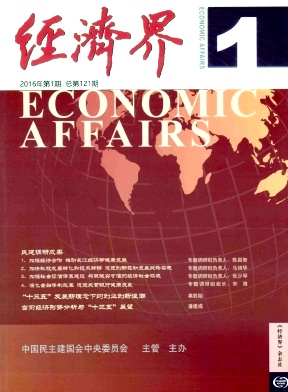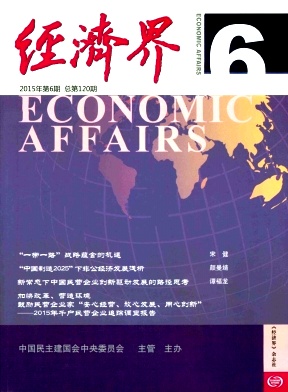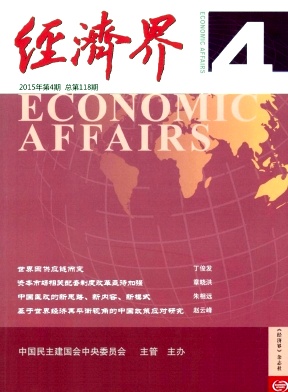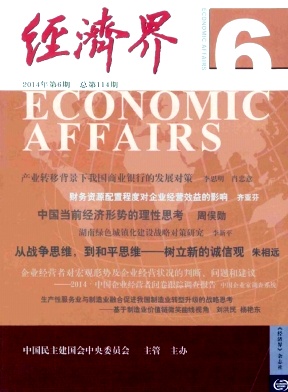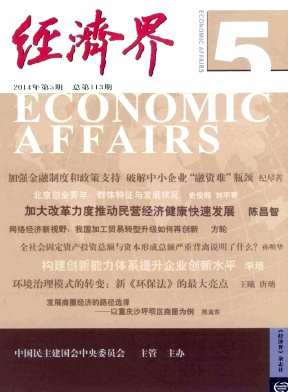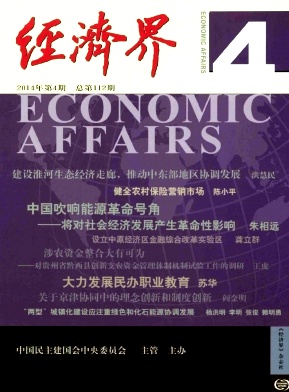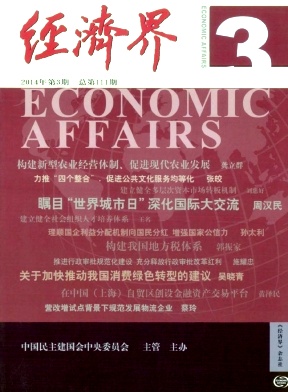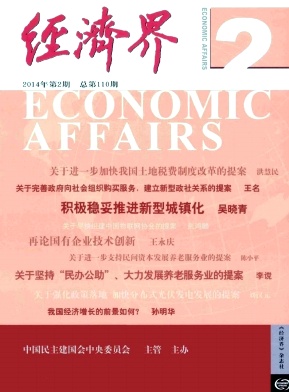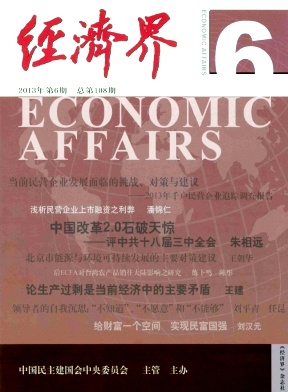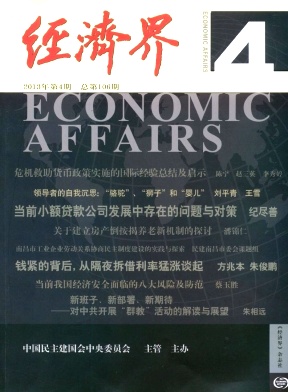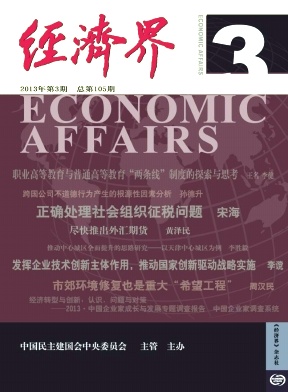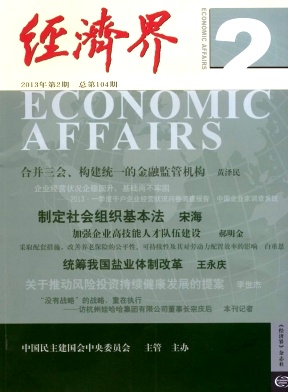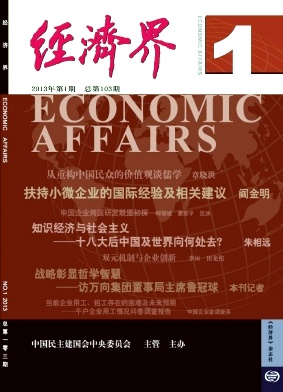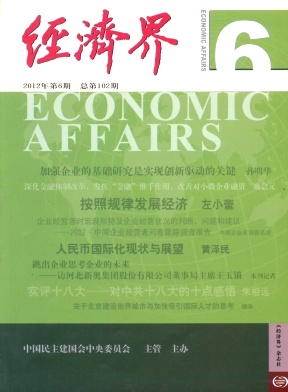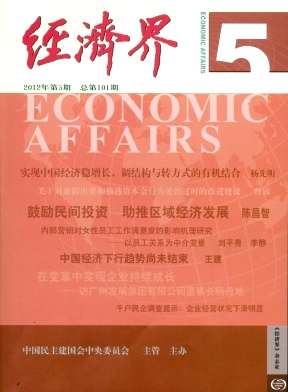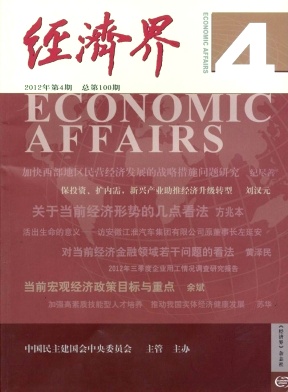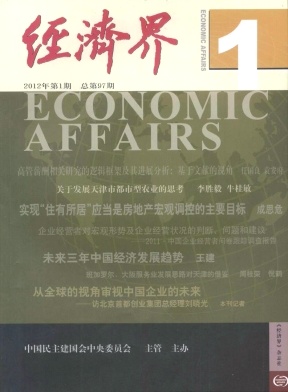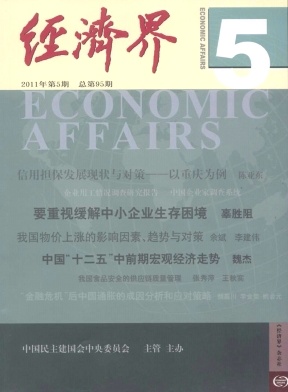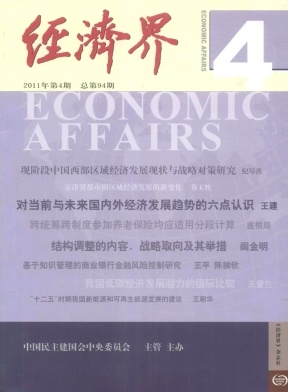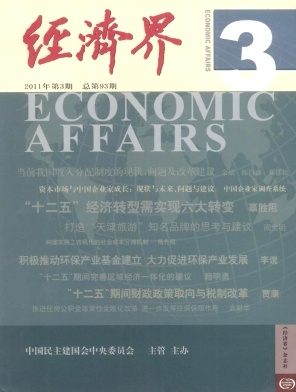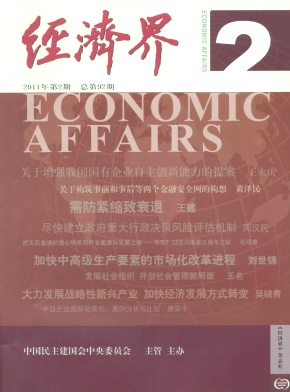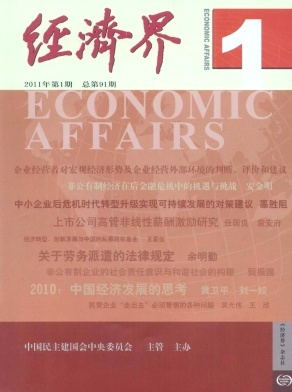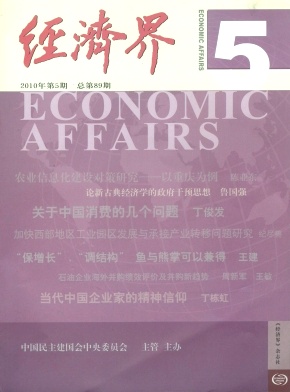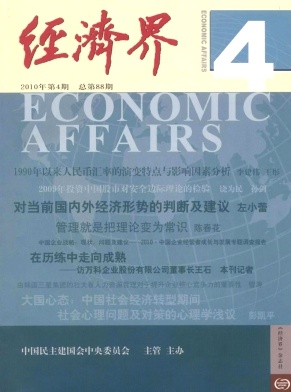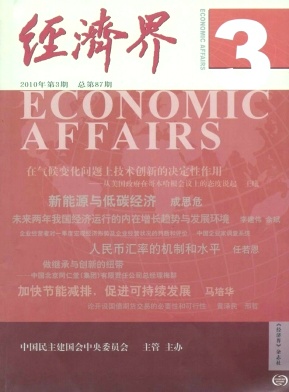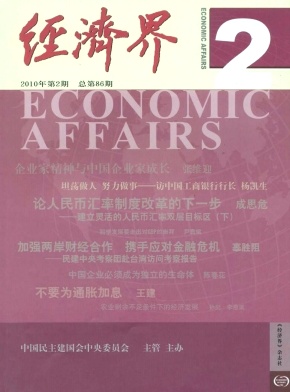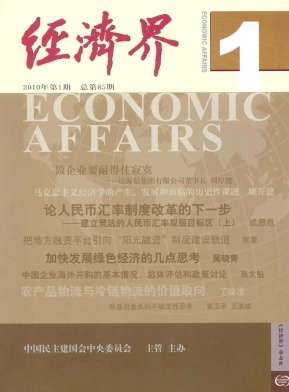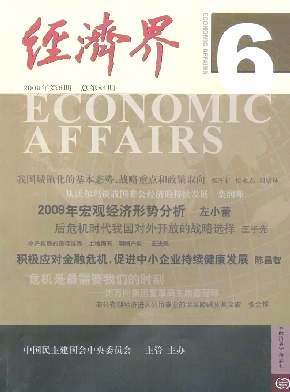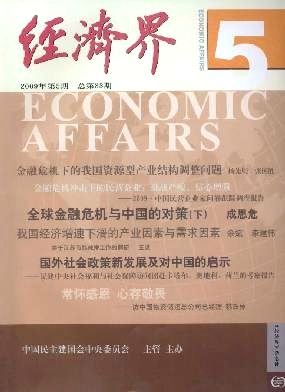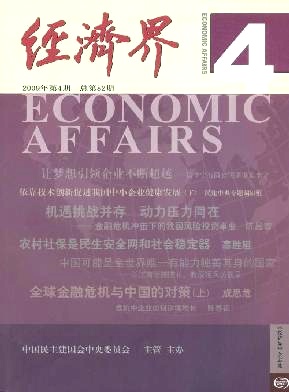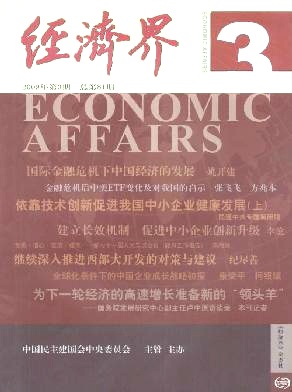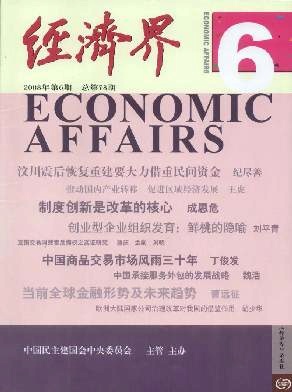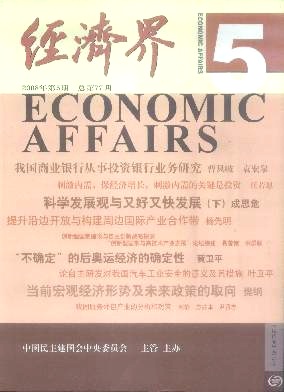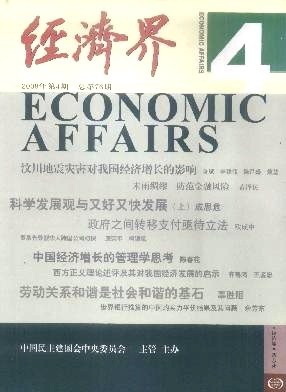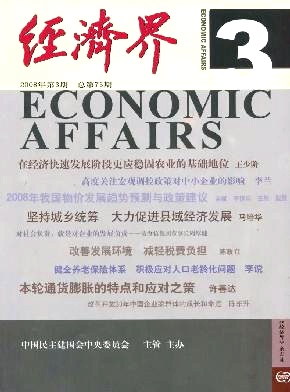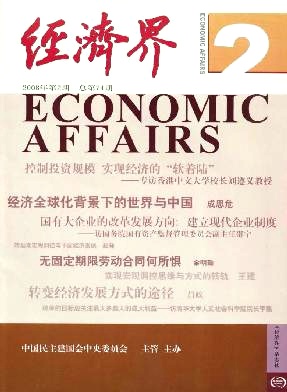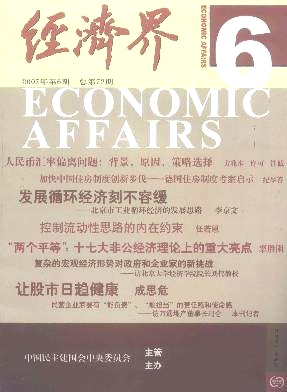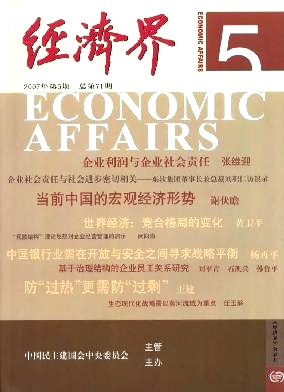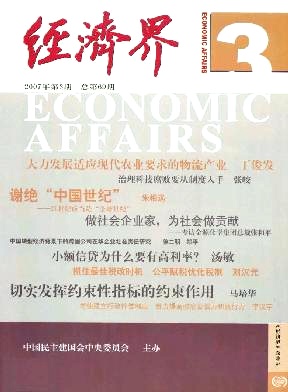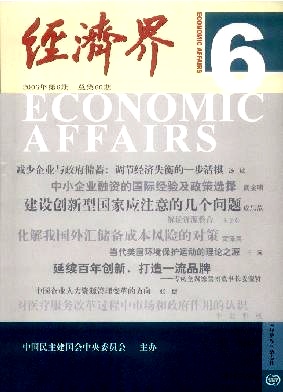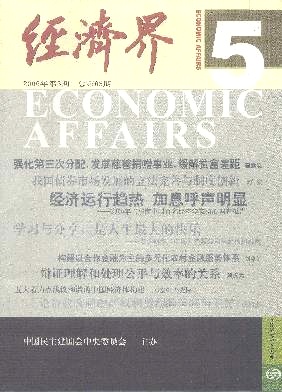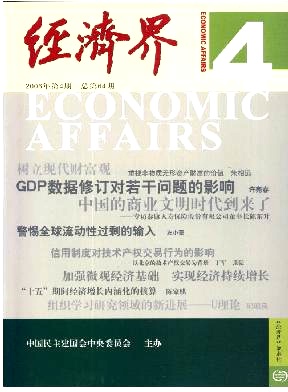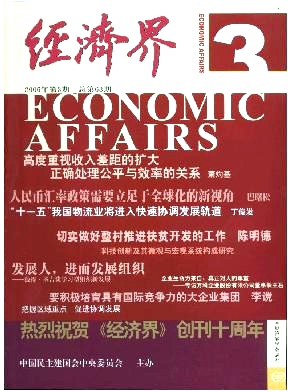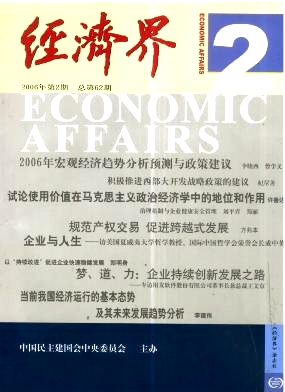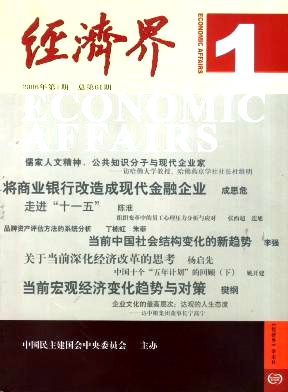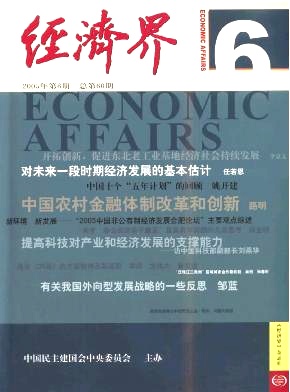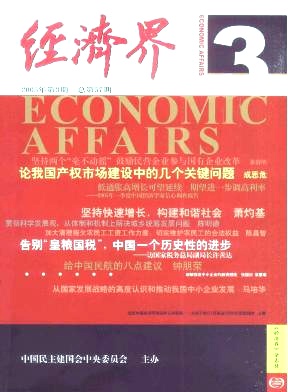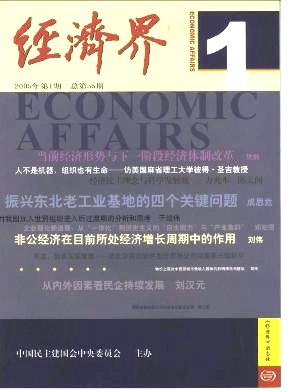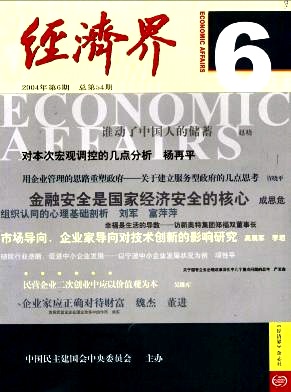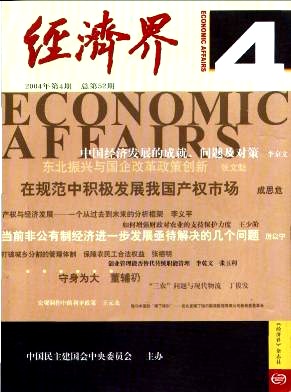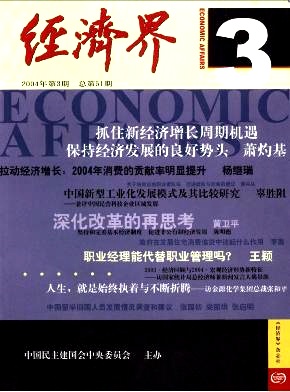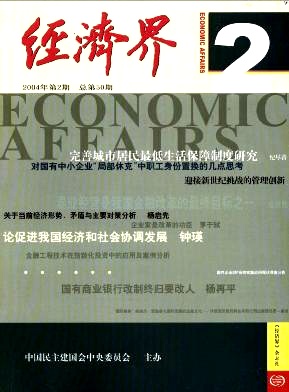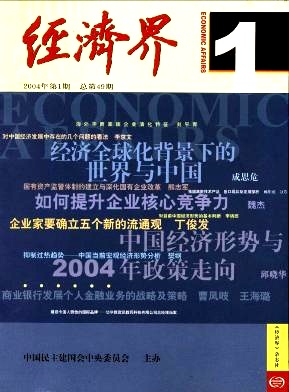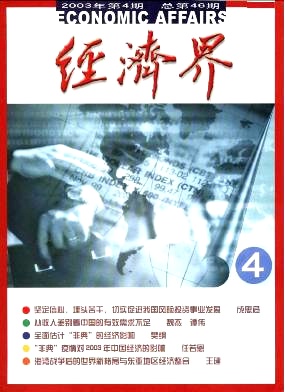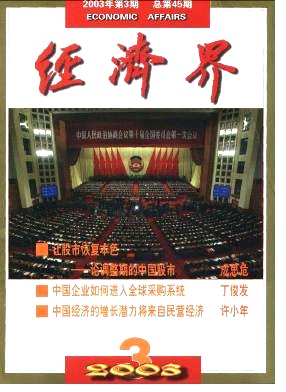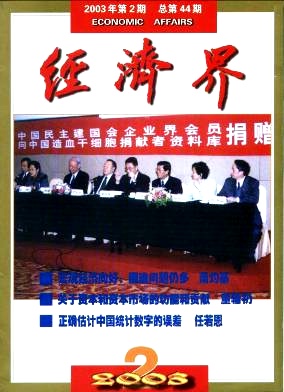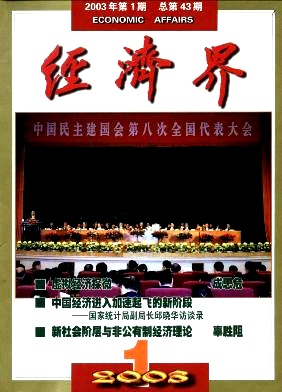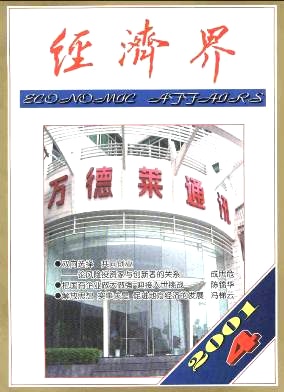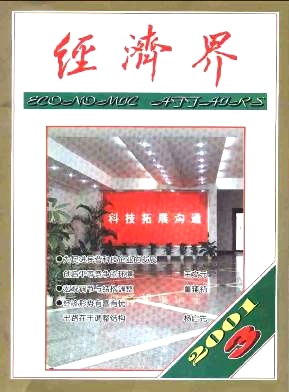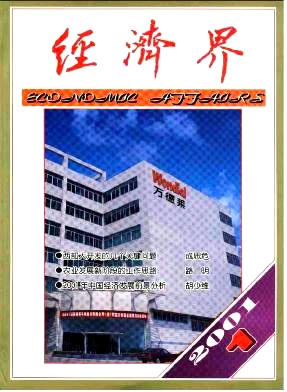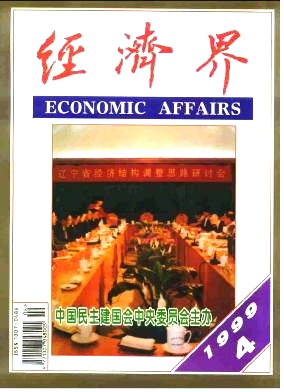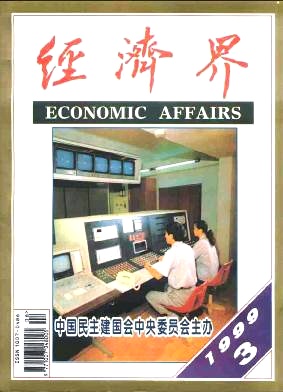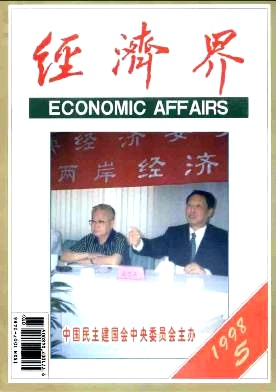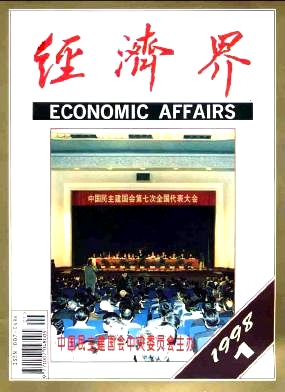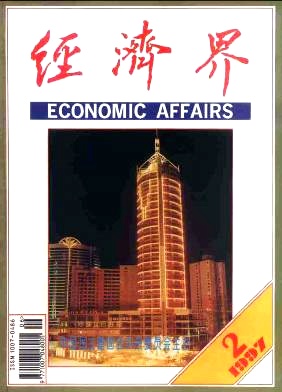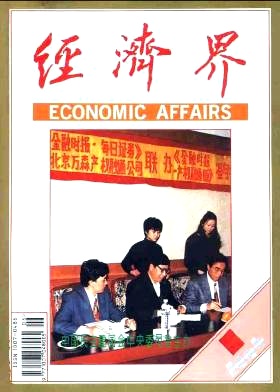About Journal
About Journal
Advancing High-level Going Global Strategies for Chinese Enterprises
Zhou Hanmin;As a crucial initiative for constructing China’s new development paradigm,the"Going Global"strategy of Chinese enterprises has witnessed significant growth in outward foreign direct investment (OFDI),spanning diverse sectors such as crossborder mergers and acquisitions and international production capacity cooperation,with private firms emerging as the primary drivers.However,this process faces multifaceted challenges,including external headwinds such as global economic slowdown,rising unilateralism and protectionism,and geopolitical tensions,as well as internal constraints like insufficient innovation capacity and limited international competitiveness.To address these challenges,this study proposes a multi-dimensional support framework encompassing policy facilitation,legal safeguards,risk mitigation,financial backing,and technological empowerment.Furthermore,it underscores the imperative of enhancing corporate ESG (environmental,social,and governance) capabilities to strengthen global competitiveness.Through this integrative approach,the research contributes to the discourse on sustaining the resilient globalization of Chinese enterprises amid evolving transnational dynamics.
Theoretical Interpretation and Practical Pathways for Going Global Strategy of Chinese Enterprises
Qian Fangli;Against the backdrop of accelerating restructuring in the global economic landscape, Chinese enterprises face both new opportunities and challenges in their "going global" endeavors. This article reviews the historical trajectory of Chinese enterprises' international expansion, analyzing their characteristics and achievements across different stages. It further explores contemporary innovative models of overseas expansion, including investment-driven, technology-driven, capital-driven, science-and-technologydriven, and cultural-and-entertainment-driven models. The study also identifies key challenges, such as investment barriers, evolving international regulations, and cross-cultural integration issues. To facilitate high-quality globalization of Chinese enterprises, the article proposes strategic recommendations, including deepening collaboration under the Belt and Road Initiative, optimizing cross-border layouts, leveraging international rules to safeguard rights, and enhancing overseas service systems. These findings aim to support Chinese enterprises in achieving sustainable and competitive global growth.
Chinese Enterprises Going Global : Evolution, Challenges, and Pathways
Meng Qingbin;Wang Yujia;Bank of China Research Institute;This study examines the evolution of Chinese enterprises' overseas developinent since China's Reform and Openingup. Chinese corporate "going global" has progressed through four distinct phases: exploratory inception, rapid expansion, rational adjustment, and strategic restructuring. This evolution demonstrates a paradigm shift from policy-driven initiatives to marketoriented strategies, and from resource acquisition to ecosystem development. The study aims to analyze contemporary challenges—including heightened geopolitical risks, institutional barriers, and persistent localization deficiencies—and propose pathways for sustainable development. Findings recommend optimizing global investment distribution to establish multi-tiered international networks, strengthening compliance frameworks to enhance risk mitigation capabilities, and deepening localization strategies to cultivate sustainable competitive advantages. The findings provide actionable policy and managerial recommendations for fostering high-quality Chinese outward foreign direct investment.
Navigating Talent Challenges in Going Global : Strategies for Chinese Manufacturing Enterprises
Research Group of the School of Economics and Management, Tsinghua University;This study investigates talent management strategies for Chinese manufacturing enterprises during globalization. Against the backdrop of China's manufacturing globalization surge, overseas talent pools now exhibit novel characteristics in demand patterns, clustering and mobility, employment models, job distribution, and localization levels. Concurrently, enterprises confront critical challenges arising from divergent labor costs, cross-cultural and compliance complexities, heightened requirements for talent attraction and acquisition, and persistent difficulties in training and development. To address these multidimensional barriers, qualitative case analysis of leading manufacturing exporters identifies five evidence-based solutions: dynamically adjusting talent strategies according to globalization phases, selecting strategic global HR partnerships, enhancing international employer branding, systematically optimizing recruitment and management mechanisms and implementing AI-enabled talent management systems.
Leveraging Institutional Openness as a New Driver to Facilitate Enterprises' Going Global Strategy
Huang Yong;Su Runsheng;With China's comprehensive deepening of economic system reform, high-level openness is transitioning from marketoriented and policy-driven approaches to a new stage centered on institutional openness. Against the backdrop of evolving economic globalization, Chinese enterprises face multiple challenges in "going global," including the transformation and upgrading of investment structures, uncertainties in overseas regulatory frameworks, and the localization of high-standard international rules. To facilitate enterprises' global expansion, this study proposes strengthening a competition-driven mechanism based on market selection, actively engaging in the negotiation and formulation of international trade rules, and establishing compliance guidance and communication platforms for overseas ventures. The findings emphasize the importance of enhancing enterprises' independent decision-making capabilities and proactive participation to help them not only "go global" but also "move upward" and "achieve excellence" in international markets.
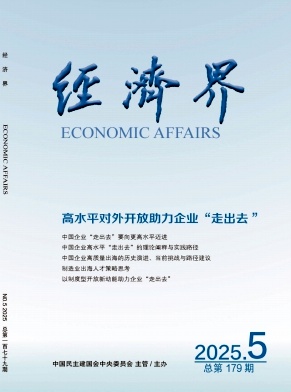
Tracking the information about your manuscript
Communicate with the editorial office
Query manuscript payment status Edit officeCollecting, editing, reviewing and other affairs offices
Managing manuscripts
Managing author information and external review Expert Information Expert officeOnline Review
Online Communication with the Editorial Department
News
Downloads
Links
Page Views


